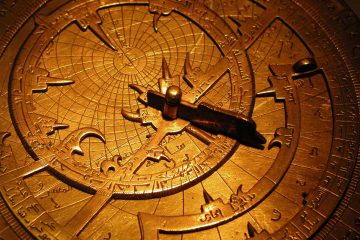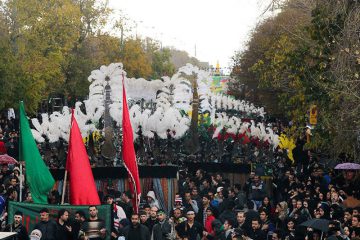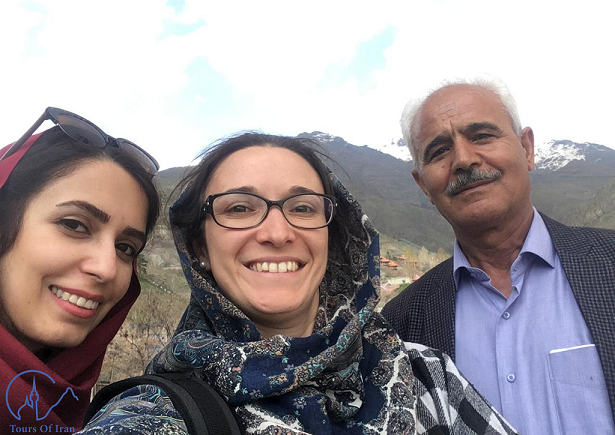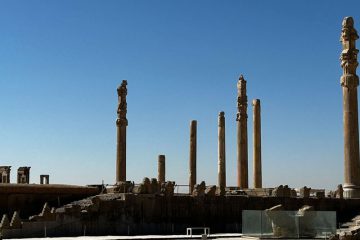
PROPHET ZOROASTER SPIRITUAL LEADER
Zoroaster, also called Zarathustra, was an ancient Persian prophet who founded the first world religion – Zoroastrianism.
According to the ‘Zend Avesta’, the sacred book of Zoroastrianism, he was born in Azerbaijan, in northern Persia, probably in the seventh century BC, although some scholars put the time-frame for Zoroaster much earlier.
He is said to have received a vision from Ahura Mazda, the Wise Lord, who appointed him to preach the truth. Zoroaster began preaching his message of cosmic strife between Ahura Mazda, the God of Light, and Ahriman, the principle of evil. According to the prophet, man had been given the power to choose between good and evil. The end of the world would come when the forces of light would triumph and the saved souls rejoice in its victory.
This dualism was part of an evolution towards monotheism in the Middle East. Zoroaster’s teaching became the guiding light of Persian civilization.
After Alexander the Great conquered Persia Zoroastrianism began to die out in Persia, but it survived in India where it became the basis of the Parsi religion.
Zoroaster (/ˈzɒroʊæstər/, UK also /ˌzɒroʊˈæstər/; Greek: Ζωροάστρης Zōroastrēs), also known as Zarathustra (/ˌzærəˈθuːstrə/, UK also /ˌzɑːrə-/; Avestan: Zaraθuštra), Zarathushtra Spitama or Ashu Zarathushtra (Persian: زرتشت) was an ancient Iranian-speaking[a] spiritual leader who founded what is now known as Zoroastrianism. His teachings challenged the existing traditions of the Indo-Iranian religion and inaugurated a movement that eventually became the dominant religion in Ancient Persia. He was a native speaker of Old Avestan and lived in the eastern part of the Iranian Plateau, but his exact birthplace is uncertain.
No need to be worried to travel to Iran alone!
There is no scholarly consensus on when he lived. However, approximating using linguistic and socio-cultural evidence allows for dating to somewhere in the second millennium BCE. This is done by estimating the period in which the Old Avestan language (as well as the earlier Proto-Indo-Iranian and Proto-Iranian languages and the related Vedic Sanskrit) were spoken, the period in which when the Proto-Indo-Iranian religion was practiced, and correlation between the burial practice described in the Gathas with the archeological Yaz culture. However, other scholars still date him in the 7th and 6th century BCE as a near-contemporary of Cyrus the Great and Darius I.Zoroastrianism eventually became the official religion of Ancient Persia and its distant subdivisions from the 6th century BCE to the 7th century CE. Zoroaster is credited with authorship of the Gathas as well as the Yasna Haptanghaiti, hymns composed in his native dialect, Old Avestan, and which comprise the core of Zoroastrian thinking. Most of his life is known from these texts. By any modern standard of historiography, no evidence can place him into a fixed period, and the historicization surrounding him may be a part of a trend from before the 10th century that historicizes legends and myths






